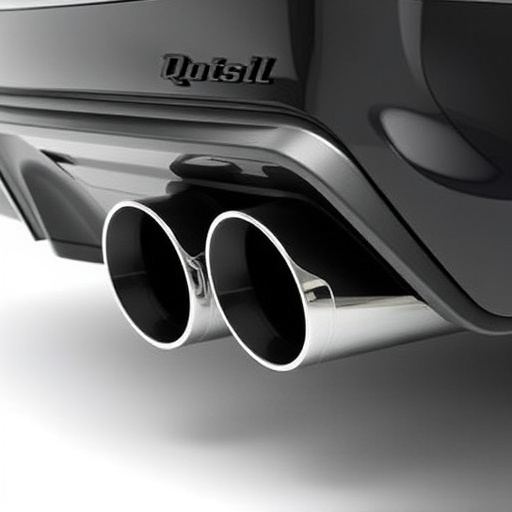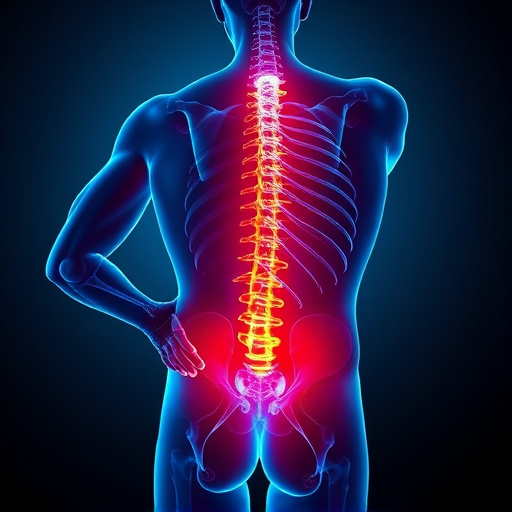Workers compensation doctor disputes arise from disagreements about work-related injuries, complicating processes for employees and employers. To effectively dispute a claim, gather thorough medical documentation including initial diagnoses, treatment plans, progress notes, and corroborative reports. Organize records digitally and obtain detailed rehabilitation treatments reports. Navigate legal processes by understanding rights, jurisdiction procedures, and engaging an experienced legal representative. During appeals, present compelling evidence and clear communication of work-related injuries for a favorable outcome.
Workers’ compensation doctor disputes can be complex, but knowing the next steps is crucial. If you or a colleague are involved in such a dispute, understanding the process is essential. This article guides you through the key stages: from grasping the fundamentals of workers’ compensation doctor disputes to gathering evidence and navigating legal processes and appeals. By following these steps, you can ensure a more manageable and just outcome.
- Understanding Workers Compensation Doctor Disputes
- Gathering Evidence and Medical Records
- Navigating Legal Processes and Appeals
Understanding Workers Compensation Doctor Disputes

Workers compensation doctor disputes arise when there’s disagreement about the nature and extent of work-related injuries, leading to potential challenges for both employees and employers. These disputes often center around diagnostic findings, treatment recommendations, and the overall disability assessment. For instance, an employee who suffers a herniated disc may receive conflicting advice on the best course of action from different medical professionals. One doctor might advocate for surgery, while another could suggest physical therapy and therapeutic exercises as the preferred herniated disc treatment.
Such conflicts can complicate the workers compensation process, especially when soft tissue injuries are involved. Employees must navigate these complexities, ensuring they receive appropriate care and benefits. Effective communication between the employee, their representative, and the employer is vital to resolving these disputes promptly. Staying informed about one’s rights and gathering comprehensive medical records can significantly aid in these situations.
Gathering Evidence and Medical Records

When navigating a workers’ compensation doctor dispute, gathering comprehensive evidence and medical records is paramount. Start by collecting all relevant documents related to your injury, including initial diagnoses, treatment plans, prescription medications, and progress notes from subsequent appointments. These records provide a clear picture of your condition and the necessary care required for recovery. Additionally, seek out any reports or assessments conducted by other healthcare professionals involved in your case, as these can corroborate your claims and strengthen your position.
Ensure that you organize and label each document accurately to facilitate easier reference during the dispute process. Consider digitizing these records for easy access and sharing with legal representatives or insurance providers if needed. Moreover, if rehabilitation services or mobility improvement treatments like shockwave therapy for pain have been prescribed, make sure to obtain detailed reports on their effectiveness, as these can be invaluable assets in supporting your claim for workers’ compensation benefits.
Navigating Legal Processes and Appeals

Navigating the legal processes and appeals related to workers compensation doctor disputes can be complex and daunting for many individuals. The first step is to thoroughly understand your rights and the specific procedures in your jurisdiction. This involves reviewing relevant laws, regulations, and policies related to workers compensation, with a particular focus on medical benefits and dispute resolution mechanisms. Engaging an experienced legal representative specialized in workers compensation matters can significantly streamline this process and ensure your rights are protected.
During appeals, it’s crucial to present compelling evidence supporting your case, including medical records, expert opinions, and testimonies from witnesses. Effective communication of your injuries, such as musculoskeletal injuries or chronic back pain relief/neck pain relief issues, is essential. This may involve detailed documentation and a clear explanation of how these conditions arose from work-related activities. By presenting a strong, well-organized case, individuals can increase their chances of a favorable outcome, ensuring the appropriate medical care and compensation for their work-related injuries.
If you’ve encountered a dispute with your workers’ compensation doctor, understanding the process is key. By gathering comprehensive evidence and medical records, you can navigate the legal system effectively. Remember, knowledge is power, and familiarizing yourself with the appeals process empowers you to advocate for your rights. Don’t let disputes hinder your healing; instead, use these steps as a guide to ensure a fair resolution, ultimately facilitating a smoother road to recovery.














